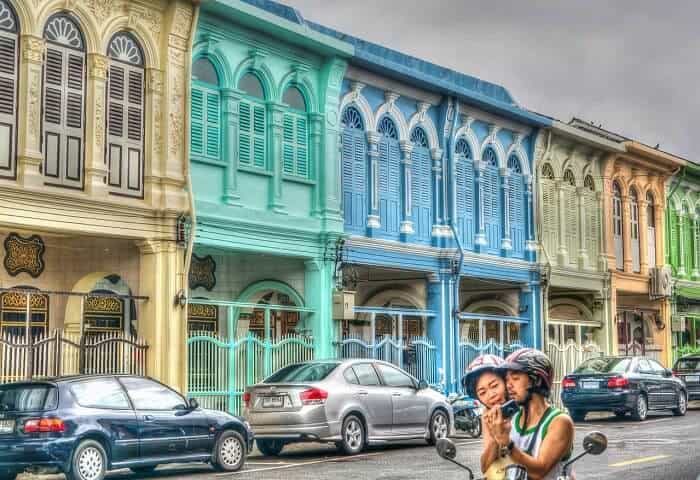A happy city is a city that offers people the facilities to be themselves and express their true nature. Building more public spaces can contribute to creating happy cities. City streets and the mobility systems such as creating more walking spaces can increase the health and happiness of citizens. Far too many citizens suffer from mental health issues because the city does not offer the facilities required for people to be happy. Research has shown that measures that affect the quality of life (QoL) leads to more happy cities. There has been a quality of life index where the developed countries such as Finland, Norway, Denmark and Netherlands usually are at the top of the index. It is important to ask what the cities in these countries offer that the other cities do not offer. It would be useful for countries like India to learn from the quality of life and happiness index to determine how to provide more suitable infrastructure for the citizens.

One aspect that is common among the happiest cities is that there are more public spaces which allow people to walk and explore the city by their feet. Strolling through the city and having infrastructure that provides for walking, contribute to the good health of the people. In India, where I presently live, the footpaths are broken and many streets need redevelopment to allow for walkability. Although there are public parks around my city, there are no public squares or a central public space that allows all citizens to gather and congregate, which indicates a lack of communication and coherence among the citizens. There is also a lack of public art such as interactive sculptures that involve the citizens to participate. The parks are usually in each neighbourhood and do not have much activities that allow people to gather. That said, there are more measures that are being taken to make Bangalore a more liveable city, especially in the CBD area which is becoming more walkable. Having more public spaces can have many benefits for people as public spaces encourage walkability which improves the health and happiness of people’s lives.
Social and spatial inequalities are also important for the QoL index. The cities that treat women and men equally, are more harmonious and have less social challenges compared to those that are more unequal. Bangalore, again, does not do very well in this index. Inequalities are very high from socio-economic inequality such as poverty to discrimination against women need to be resolved throughout India for it to be compatible with countries that have a better quality of life. Although the middle class is rising, the gap between rich and poor within the country is high. There should be a focus on creating more jobs for both men and women. Women face challenges in male dominated careers in India, where the social inequality needs to be challenged as more women enter the workforce. For instance, in a recent “women leadership” conference I went to in Bangalore, many women complained that they face challenges in a male dominated workforce particularly in fields such as engineering and aeronautics which are at its nascent stages. Although these disparities are common throughout the world, the happiest countries are more willing to employ women and create more jobs for women. There has been a tremendous improvement in Bangalore with more women speaking out and taking charge of injustice towards them. However, in the happiest cities, these injustices are less and women face less challenges as the disparity between men and women are less.

Creating a community where people encourage each other and there is less competition for survival also contributes to quality of life index and the happy city index. Having a strong bond with family and friends, living in a society that encourages people’s psychological and physical growth creates more healthy communities where people are happy for each other rather than comparing themselves to others. India is a very competitive society where mainstream careers such as engineering and medicine are pressured. However, India is a community-oriented society which improves social culture and support network among people. People are increasingly voicing their opinions against mainstream culture especially the middle class and leading more independent lives. As globalisation is increasing, India has an exposure to other countries and this creates a more harmonious society. In my opinion, for further improvement, the competition factors need to be reduced and individuality needs to be enhanced. With low quality of life mental illness such as depression increases which creates an unhappy city. As there are more support networks formed in a communal city, mental illnesses can be treated and people can live healthy and happy lives.
Therefore, India has a lot of potential to provide similar quality of life as the happy cities in the world. The social and economic problems in India first needs to be resolved to provide a more happy locale for citizens. Having more public spaces and also installing public artworks that engage the community can also improve the quality of living in India. As indicated, the happiest cities are the ones that have a balance of socio-economic life along with the positive infrastructure such as well developed streets and public spaces that are provided in the cities. I hope Indian cities, particularly Bangalore where I live, will improve on these factors to provide a happy city for the Indian people.
